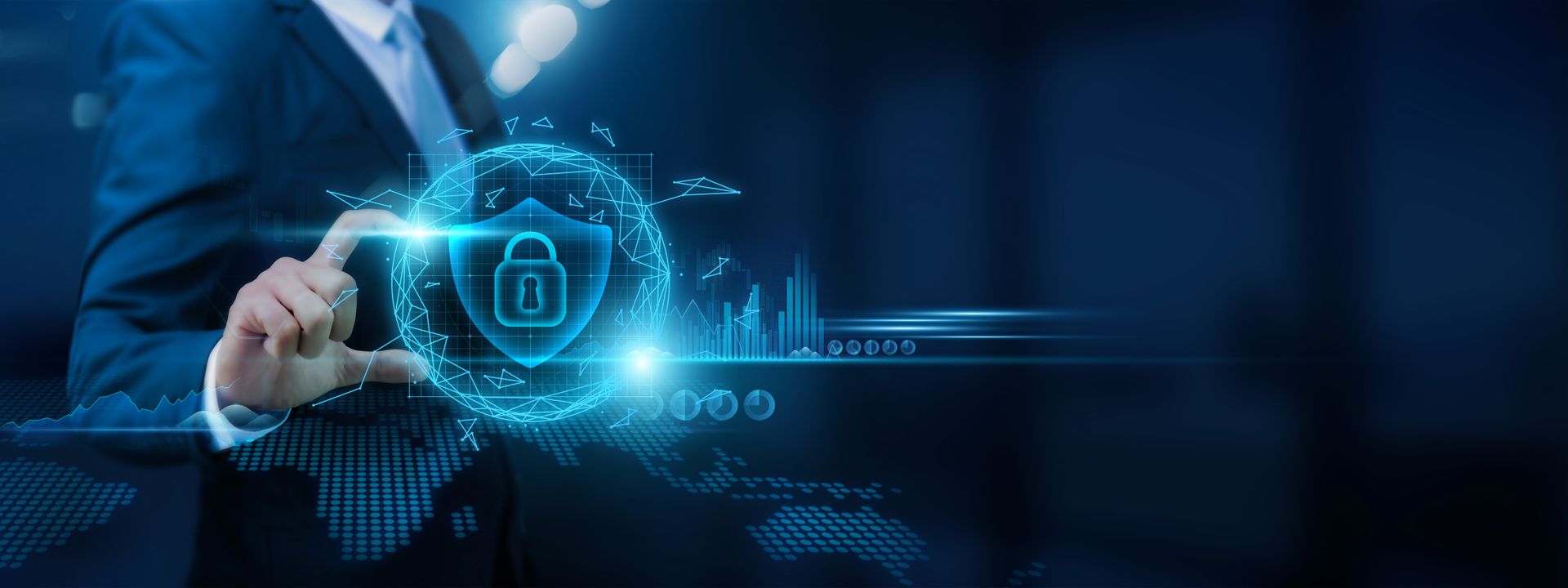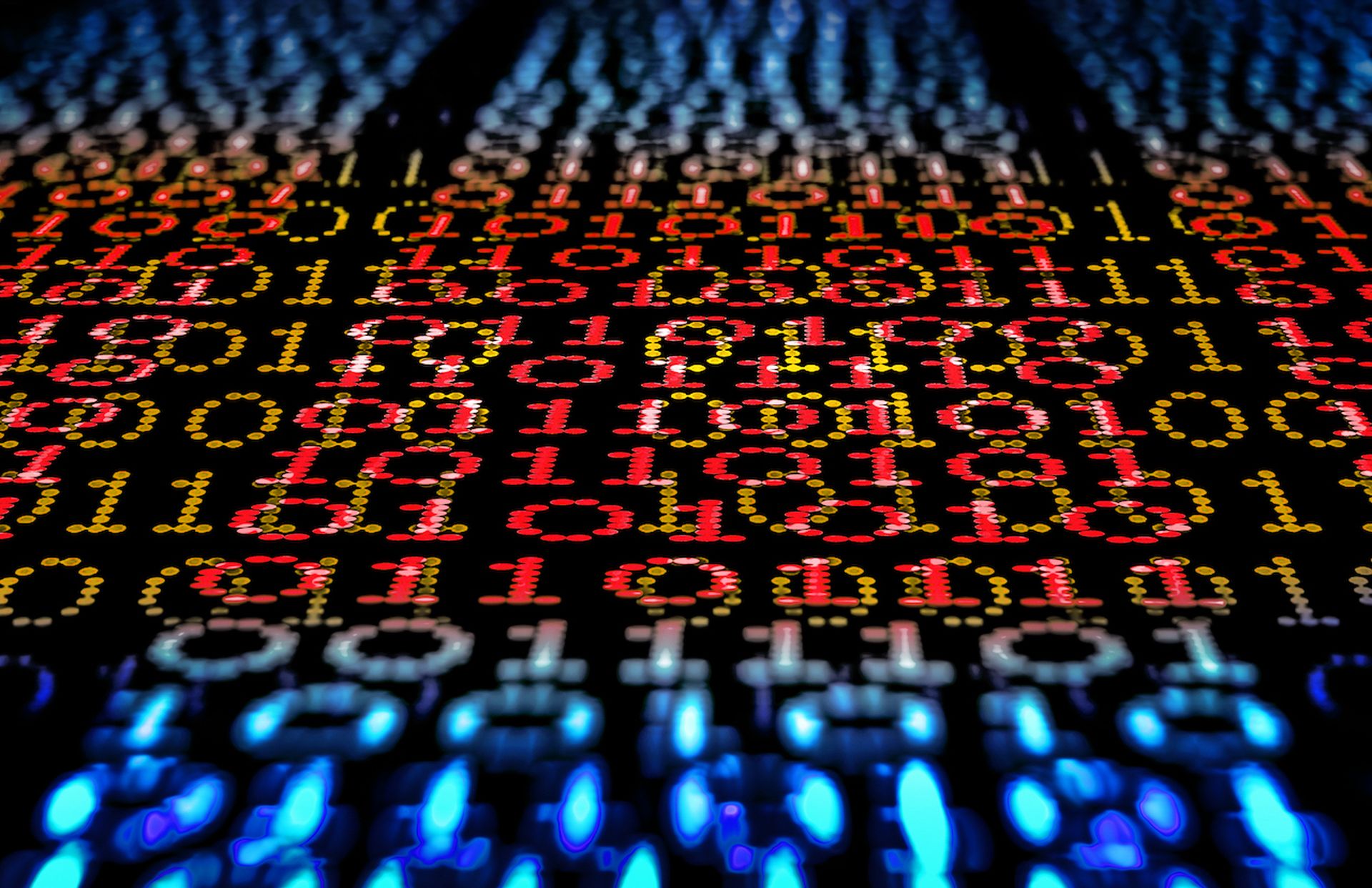## Hackers are Leveling Up: Are Your Defenses Ready for RSA 2025?
Remember 2077? Cyberpunk’s gleaming, neon-drenched dystopia where megacorporations wielded unimaginable power and cyberwarfare was a constant threat? While we’re not quite there yet, RSA 2025’s LevelBlue 2025 Futures Report paints a chillingly realistic picture of the cyber landscape in just a few years.

Forget glitchy security protocols and lone-wolf hackers. The report warns of sophisticated, AI-powered attacks targeting critical infrastructure – our power grids, transportation systems, even the life support systems keeping factories running.

Ethical and Legal Challenges Posed by State-Sponsored Cybercrime

State-sponsored cybercrime poses a complex array of ethical and legal challenges that demand careful consideration from governments, businesses, and the international community. The blurring of lines between state actors and criminal organizations, coupled with the increasing sophistication of cyberattacks, raises fundamental questions about accountability, jurisdiction, and the potential for escalation.
One of the most pressing ethical dilemmas is the targeting of critical infrastructure. When state-sponsored hackers disrupt essential services like power grids, financial systems, or healthcare networks, the consequences can be devastating, impacting the lives of innocent civilians. The 2015 attack on the Ukrainian power grid, attributed to Russian hackers, serves as a chilling reminder of the potential for cyberwarfare to inflict real-world harm.
Moreover, the theft of intellectual property and sensitive data by state-sponsored actors raises serious concerns about economic espionage and national security. The recent global security advisory issued by U.S. and allied agencies highlighting the activities of North Korea’s Reconnaissance General Bureau (RGB) 3rd Bureau serves as a stark reminder of this threat. This group, known for its sophisticated cyberespionage campaigns, targets defense, aerospace, nuclear, and engineering sectors to acquire sensitive technical information and intellectual property, ultimately bolstering the DPRK’s military and nuclear capabilities.
Legally, the attribution of cyberattacks to specific state actors can be challenging. Governments often hesitate to publicly accuse another nation of cyber aggression, fearing diplomatic repercussions or an escalation of tensions. This ambiguity can create a climate of impunity for state-sponsored hackers, emboldening them to conduct increasingly brazen attacks. The international community needs to establish clear norms of behavior in cyberspace and develop robust mechanisms for attributing and responding to cyberattacks, ensuring that those responsible are held accountable for their actions.
Bridging the Resilience Gap: Strengthening Industrial Cyber Defenses
In the face of growing cyber threats, industries are increasingly recognizing the need to strengthen their cyber defenses. The RSA 2025 LevelBlue 2025 Futures Report underscores the critical importance of building resilience against industrial cyberattacks. The report highlights the interconnected nature of industrial control systems (ICS) and the potential for cascading failures if these systems are compromised.
Proactive Defense Strategies: A Multi-Layered Approach
A robust cybersecurity posture requires a multi-layered approach that combines preventive, detective, and response measures.
- Vulnerability management and patching: Keeping pace with evolving threats is crucial. Regular vulnerability scans and assessments help identify weaknesses in systems and applications, allowing organizations to prioritize patching and remediation efforts.
- Security awareness training: Human error remains a significant vulnerability. Training employees to recognize phishing scams, social engineering tactics, and other common attack vectors is essential for mitigating risk.
- Network segmentation and access control: Limiting lateral movement within networks is key to containing the impact of a breach. Segmenting critical systems and implementing strong access controls help prevent attackers from gaining unauthorized access to sensitive data or systems.
- Automated threat detection and response: AI-powered systems can analyze vast amounts of data in real time, identifying suspicious activity and automatically taking steps to mitigate threats.
- Predictive analytics: By analyzing historical data and identifying patterns, machine learning algorithms can help predict potential vulnerabilities before they are exploited.
- Building a robust threat intelligence ecosystem: Sharing information and best practices with industry peers and government agencies is crucial for staying ahead of evolving threats.
- Fostering a security-first mindset across all levels of the organization: Embedding security considerations into every aspect of the business, from product design to operations, is essential.
- Encouraging open communication and incident reporting: Creating a culture where employees feel comfortable reporting potential threats or security incidents without fear of retribution is crucial for effective incident response.
- Developing strong partnerships with government agencies and industry peers: Collaboration and information sharing are essential for staying ahead of evolving threats and coordinating responses to cyberattacks.
Leveraging Emerging Technologies: AI, Machine Learning, and Threat Intelligence
Advanced technologies can play a vital role in enhancing industrial cyber defenses.
Building a Culture of Cybersecurity: Collaboration and Shared Responsibility
A resilient cybersecurity posture requires a collective effort.
Conclusion
The LevelBlue 2025 Futures Report paints a stark picture: the cyber threat landscape is evolving at a breakneck pace, leaving businesses, particularly those in the industrial sector, increasingly vulnerable. From sophisticated AI-powered attacks to the weaponization of industrial control systems, the report highlights a worrisome reality – the digital trenches are expanding, and the stakes are higher than ever.
This isn’t just about data breaches anymore; it’s about the disruption of critical infrastructure, the potential for physical damage, and even the endangerment of human life. The report’s emphasis on resilience gaps underscores the urgent need for proactive measures. We need to move beyond reactive patching and incident response, embracing a future where security is woven into the very fabric of our industrial systems.
The future of industry depends on our ability to adapt and evolve. Will we meet the challenge head-on, building resilient systems and fostering a culture of proactive cybersecurity? Or will we remain complacent, gambling with the very foundations of our modern world? The choice, ultimately, is ours.